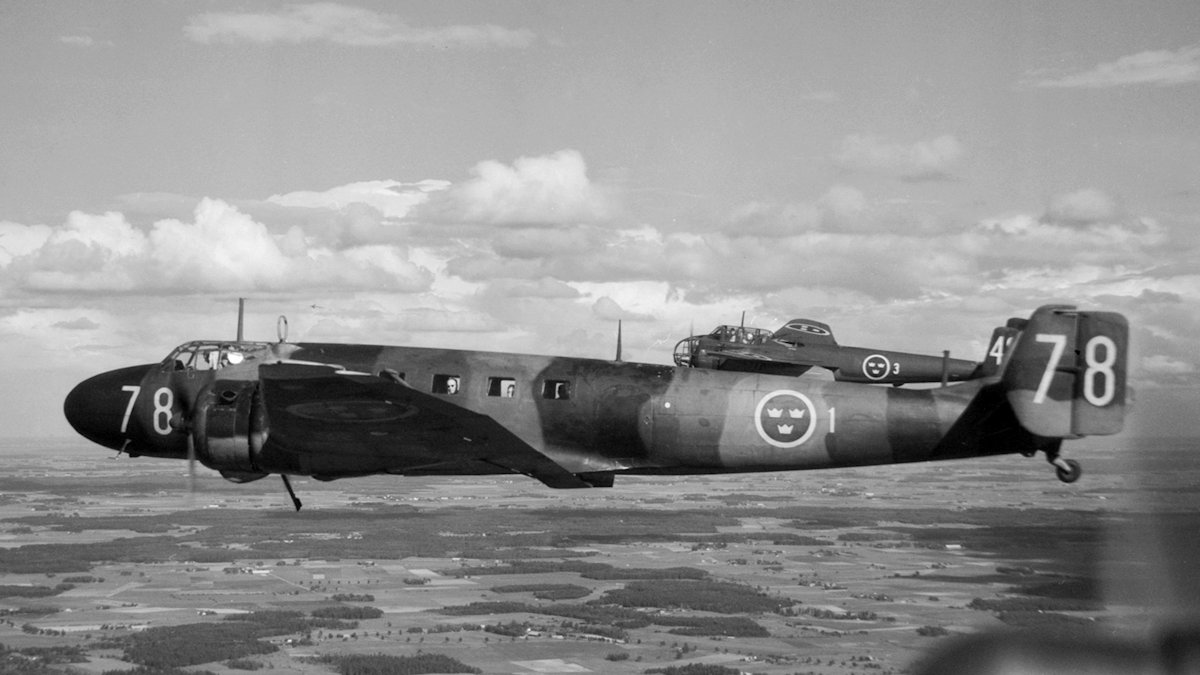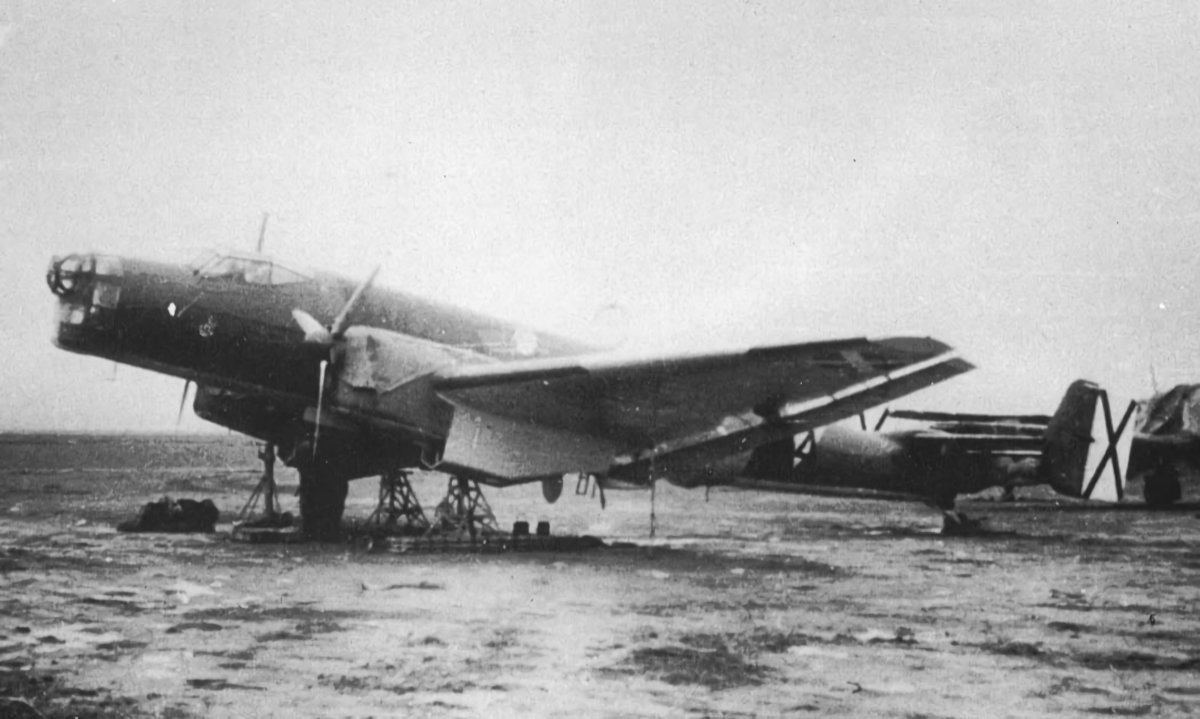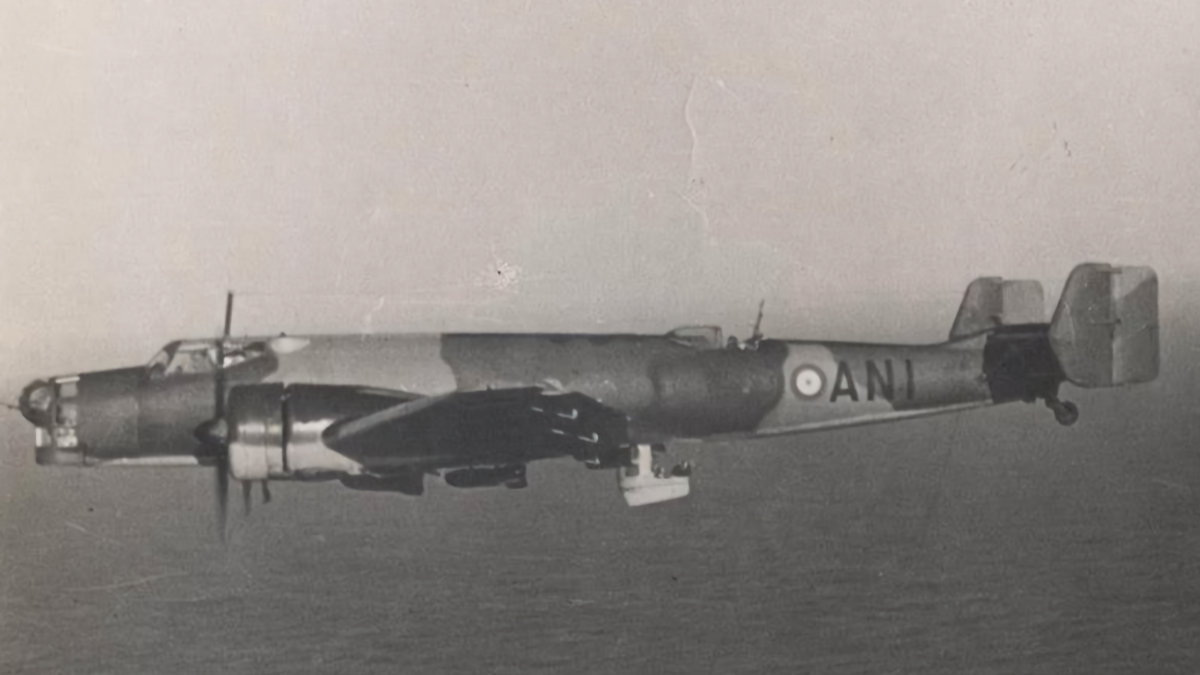Tag: aeroplane
-
Junkers Ju 86 in Swedish Service

Junkers Ju 86 in Swedish Service Sweden ordered 40 Junkers Ju 86 bombers which were delivered from 1936 to 1938. They were designated Ju 86K by Junkers and operated as the B3 by the Swedish Air Force (Flygvapnet). SAAB obtained a licence to produce an additional 40 aircraft, of which 16 would be from parts… Read more
-
Junkers Ju 86 in Spanish Service

Junkers Ju 86 in Spanish Service The German manned Condor Legion trialed four Junkers Ju 86D-1 bombers in Spain from February 1937. After flying several missions, one was shot down by Republican fighters. A replacement for the lost bomber was sent from Germany. However, two of the Ju 86s were lost in landing accidents resulting… Read more
-
Junkers Ju 86 in South African Service

Junkers Ju 86 in South African Service South African Airways ordered 17 Junkers Ju 86 airliners with the first arriving at the end of 1936. The first five aircraft were powered by Rolls Royce Kestrel engines and designated Ju 86Z-3. The airline raised concerns that these engines were unsuitable and the remaining aircraft used the… Read more